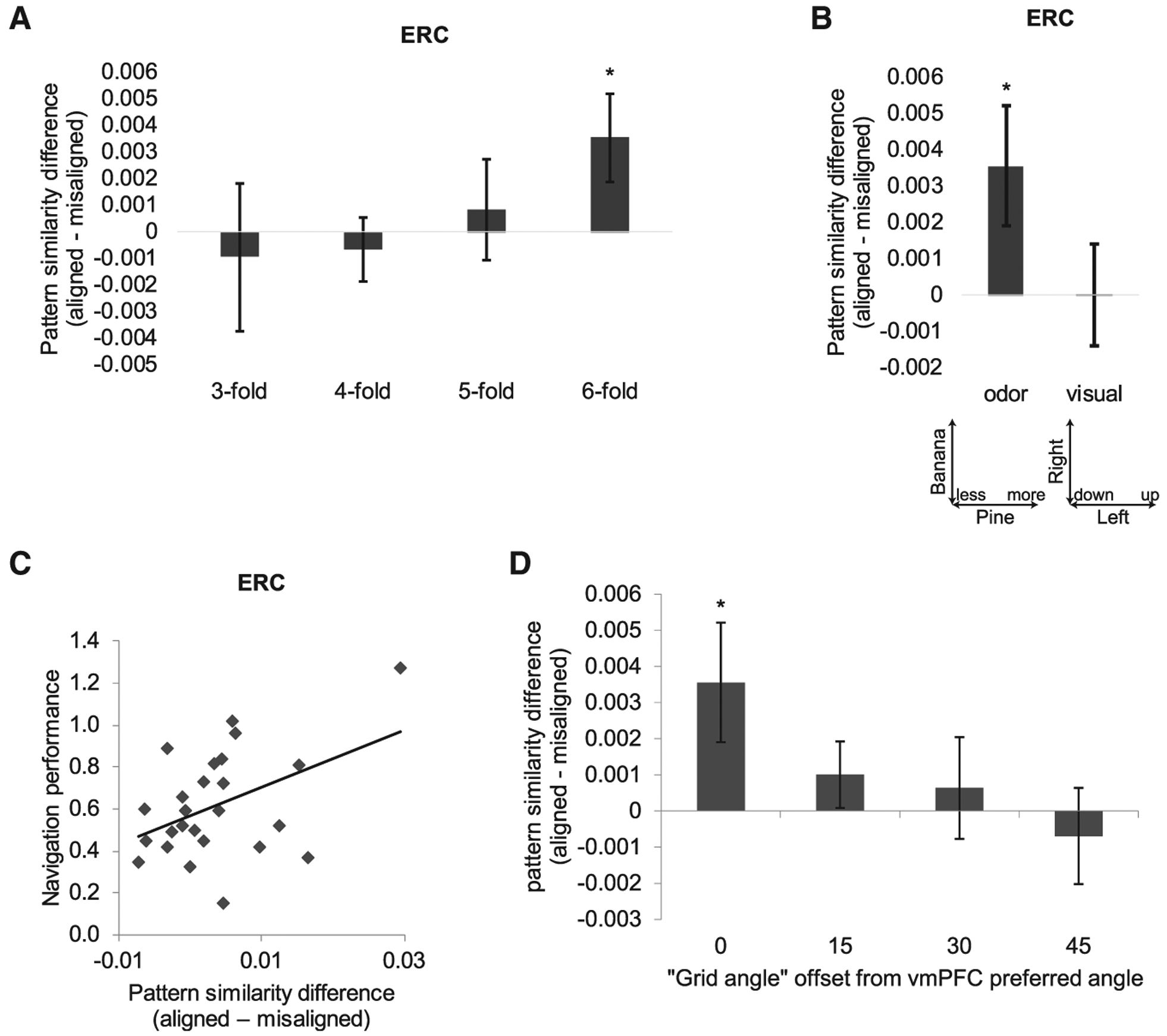Figure 6. Grid-like Pattern Representations in ERC Are Specific to 6-Fold Symmetry and to Odor Trajectories, with Grid Angle Aligned to vmPFC.

(A) N-fold sinusoidal modulation of ERC pattern similarity was significant with the 6-fold model (aligned > misaligned; t24 = 2.15; p = 0.021), but not with 3-, 4-, or 5-fold models (t24 < 0.43; p > 0.33).
(B) Grid-like pattern representations in ERC were significant for odor trajectories, but not for visual trajectories (aligned > misaligned; t24 = 0.01; p = 0.49).
(C) Strength of grid-like pattern representations in ERC, estimated as the difference between angle-aligned and misaligned conditions, correlated with behavioral performance (“easy” trials) on the odor navigation task across subjects (Pearson’s r = 0.44, p = 0.026, two-tailed; robust regression r = 0.48, p = 0.03).
(D) Grid-like pattern representations in ERC were only significant when the grid angle in ERC was aligned to the vmPFC grid angle φ, but not at 15°, 30°, or 45° offsets from φ (aligned > misaligned; φ + 15°: t24 = 1.09, p = 0.15; φ + 30°: t24 = 0.45, p = 0.33; φ + 45°: t24 = −0.52, p = 0.67).
Data are mean ± SEM.
